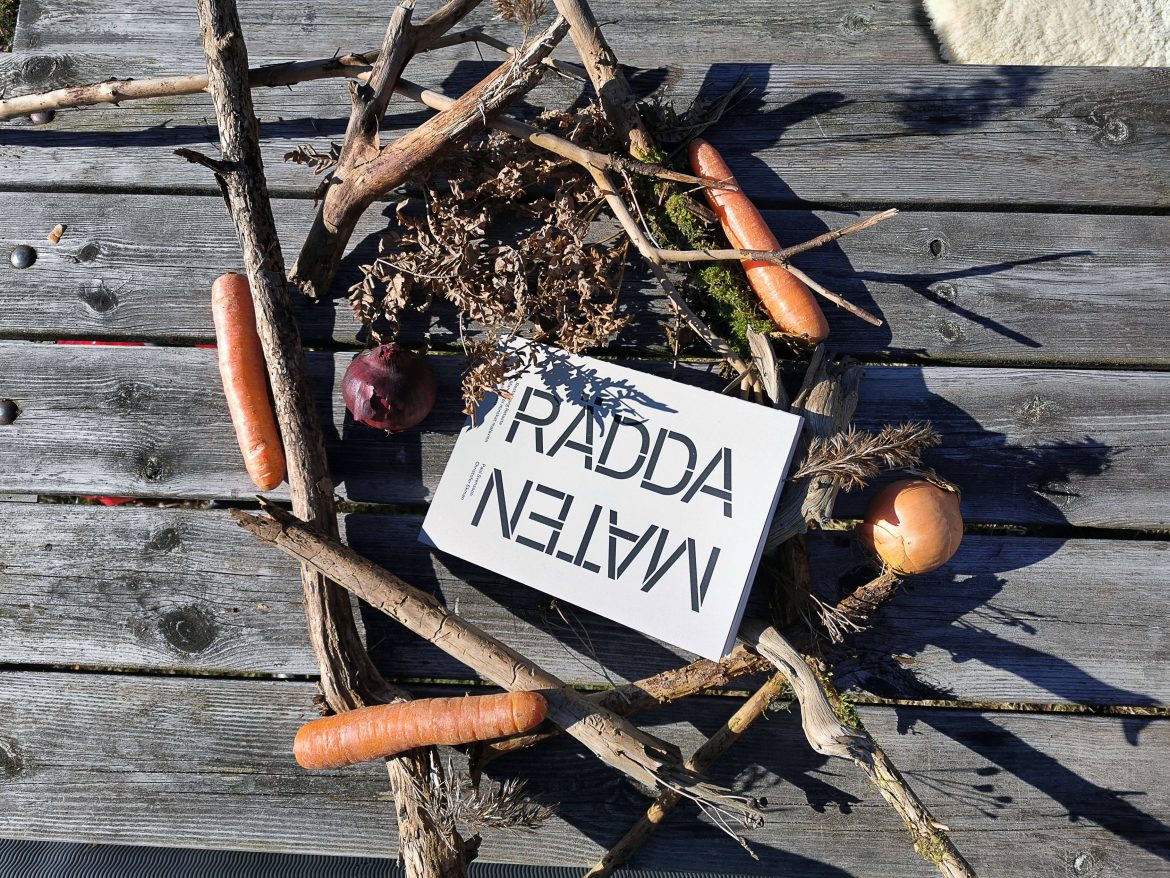TL;DR
Food waste is a massive global issue, impacting our planet and wallets. While we can't control all waste, the book "Rädda maten" by Paul Svensson offers brilliant, restaurant-quality recipes to transform "past-its-prime" ingredients into delicious meals. It champions upcycling, emphasizing sensory evaluation over strict date labels (except for "use by") and focusing on fruits, vegetables, and bread. Discover innovative ways to use leftovers and reduce your own food footprint with inspiring dishes and beautiful photography. Ready to get inspired to cook smarter and waste less? Dive into the full review!
Approximately one-fifth to one-quarter of all food ends up being discarded. While exact figures may vary across different sources, the fundamental issue remains consistent: food waste is a significant problem. This waste negatively impacts both the environment and our personal finances.
While the largest proportion of food waste occurs earlier in the supply chain, including at producers and suppliers, individual consumers also contribute. While we have limited direct influence over waste at the production level, we can make a tangible difference through our own purchasing habits.
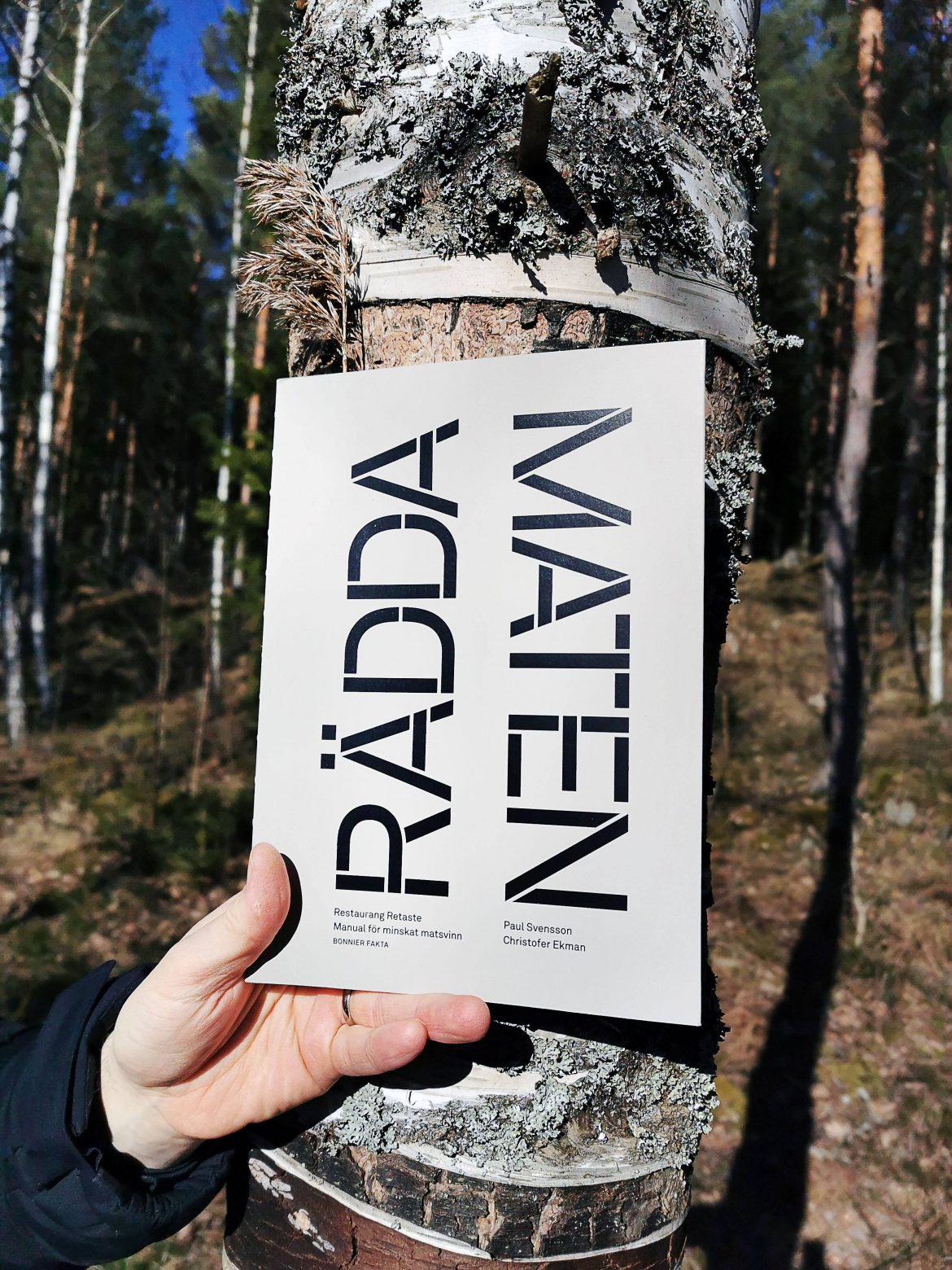
Rädda maten (Save the Food) offers practical suggestions and innovative ideas for utilizing ingredients that may be past their prime or nearing their expiration dates. The discussion of date markings is particularly relevant. The increasing adoption of “best before – good after” labeling is a positive development. Relying on sensory evaluation—smelling, seeing, and feeling a product—is often a reliable way to determine its usability. However, it’s crucial to adhere strictly to “use by” dates, especially for perishable items such as shellfish or certain meats, where spoilage can pose a health risk. These items often exhibit clear signs of degradation that are easily detectable.
Returning to the book itself, Rädda maten is authored by Paul Svensson, a well-known figure from television, including “Sveriges yngsta mästerkock” (Sweden’s Youngest Master Chef). Svensson also manages the restaurant Fotografiska in collaboration with co-author Christofer Ekman. In 2018, the duo launched a pop-up restaurant called Retaste, which operated for five months and served as the inspiration for this book. Rädda maten also serves as a valuable resource for those interested in establishing a similar restaurant concept.
The core concept is both simple and effective: transforming food that would otherwise be wasted into exceptional culinary creations. In the book’s introduction, the authors elaborate on the origins of their concept and their commitment to minimizing food waste.
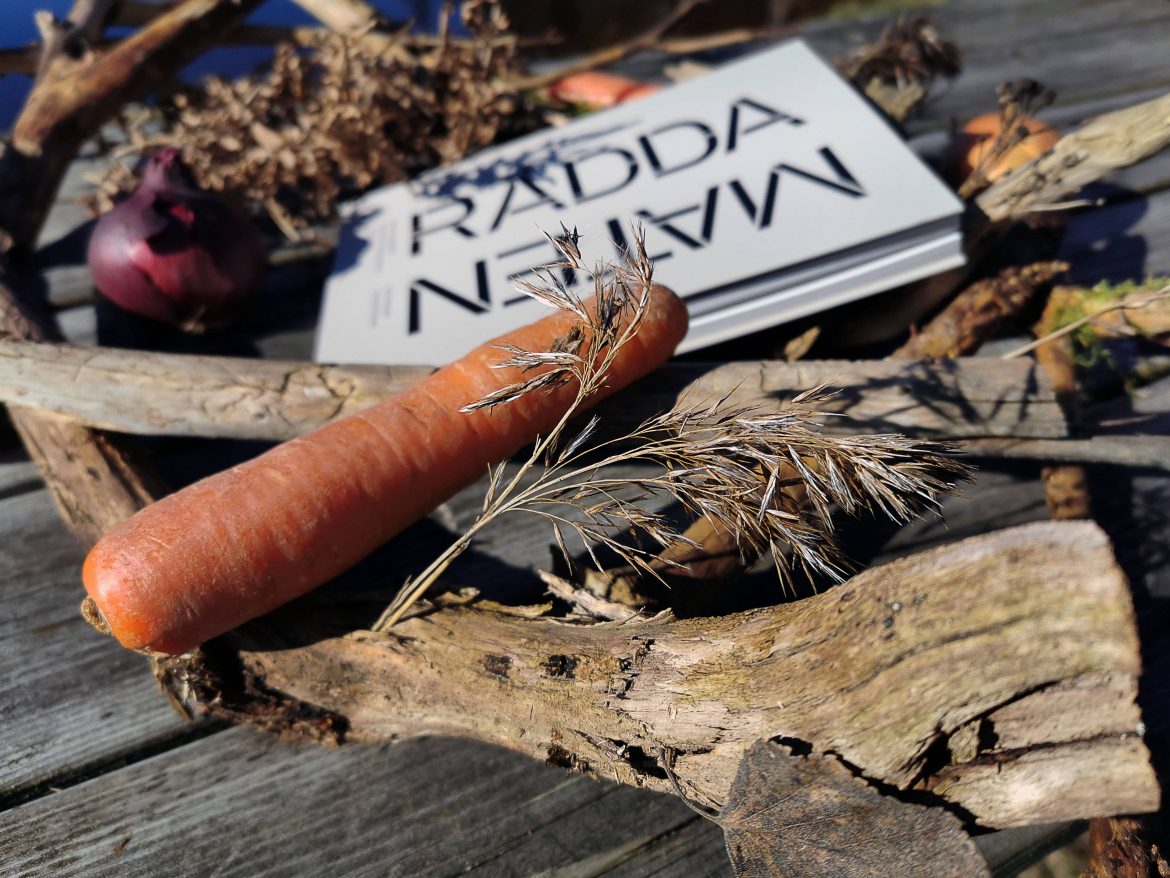
Fruits and vegetables (followed by bread) represent the most commonly discarded food items. Consequently, a significant portion of the recipes in the book features dishes based on these ingredients. The book emphasizes both recycling and upcycling. Upcycling, in this context, refers to not only utilizing discarded ingredients but also enhancing them to create something even more desirable.
Some may question the practice of consuming food that is destined for disposal, viewing it as akin to eating garbage. However, this is a misconception. Many ingredients attain their optimal flavor profile precisely at their peak ripeness, just before they transition from ripe to overripe.
The book showcases numerous recipes featuring fermented and pickled vegetables, ranging from fermented cabbage to kombucha, bread pasta, and marmalades. All recipes are meticulously crafted to maximize the use of each ingredient and extract the fullest flavor potential. The dishes are presented elegantly, combining diverse textures and complementary flavors.
One standout recipe is:
The recipes in Rädda maten, totaling approximately 80, are categorized into main dishes, desserts, side dishes, and beverages. The “side dishes” category includes sauces, mayonnaises, and cream cheeses. These recipes are exceptionally well-executed and inspire innovative culinary approaches.
Almost all of the recipes are vegetarian (lacto/ovo) due to the lower rate of meat and fish waste. This may be attributed to the higher cost of these items, leading to more careful purchasing practices, and a greater awareness of the potential for waste. However, the book does include some recipes featuring eggs and charcuterie.
Notable recipes include bread pasta with mushrooms and butter sauce, whole-baked leek with honey vinaigrette, and fried apples with vanilla cream, granité, and honey brittle for dessert.
Emphasizing vegetables in one’s diet is also more environmentally sustainable, and some recipes are entirely vegan.
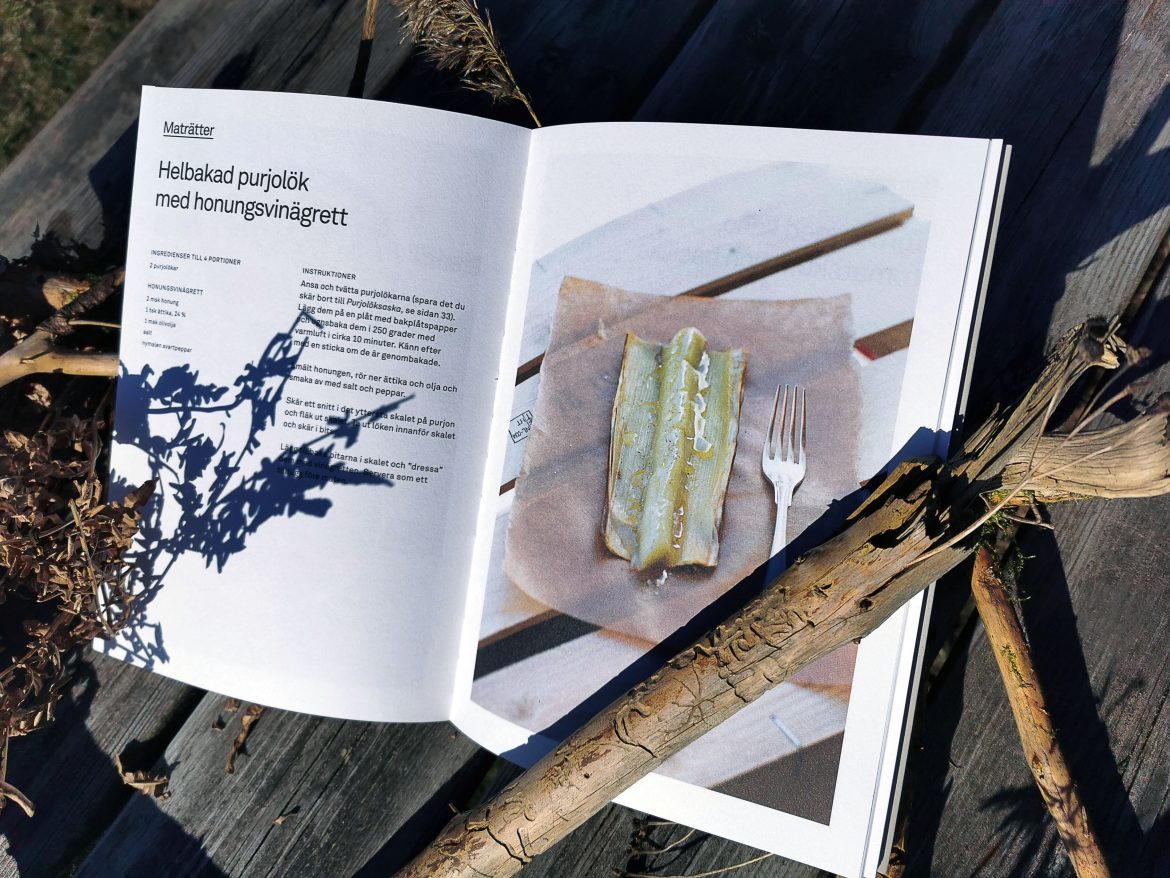
The recipes and dishes are of genuine restaurant quality. Some recipes may appear complex due to their multi-step nature and time requirements. However, they are not inherently difficult, and the effort is well worthwhile. Furthermore, the book features beautiful and inspiring photography that showcases both the craftsmanship and the appealing nature of the dishes.
The book’s commitment extends beyond just the food itself; it also encompasses the reuse of plates, glasses, and cutlery. This reflects a holistic approach centered on conserving resources that would otherwise be discarded.
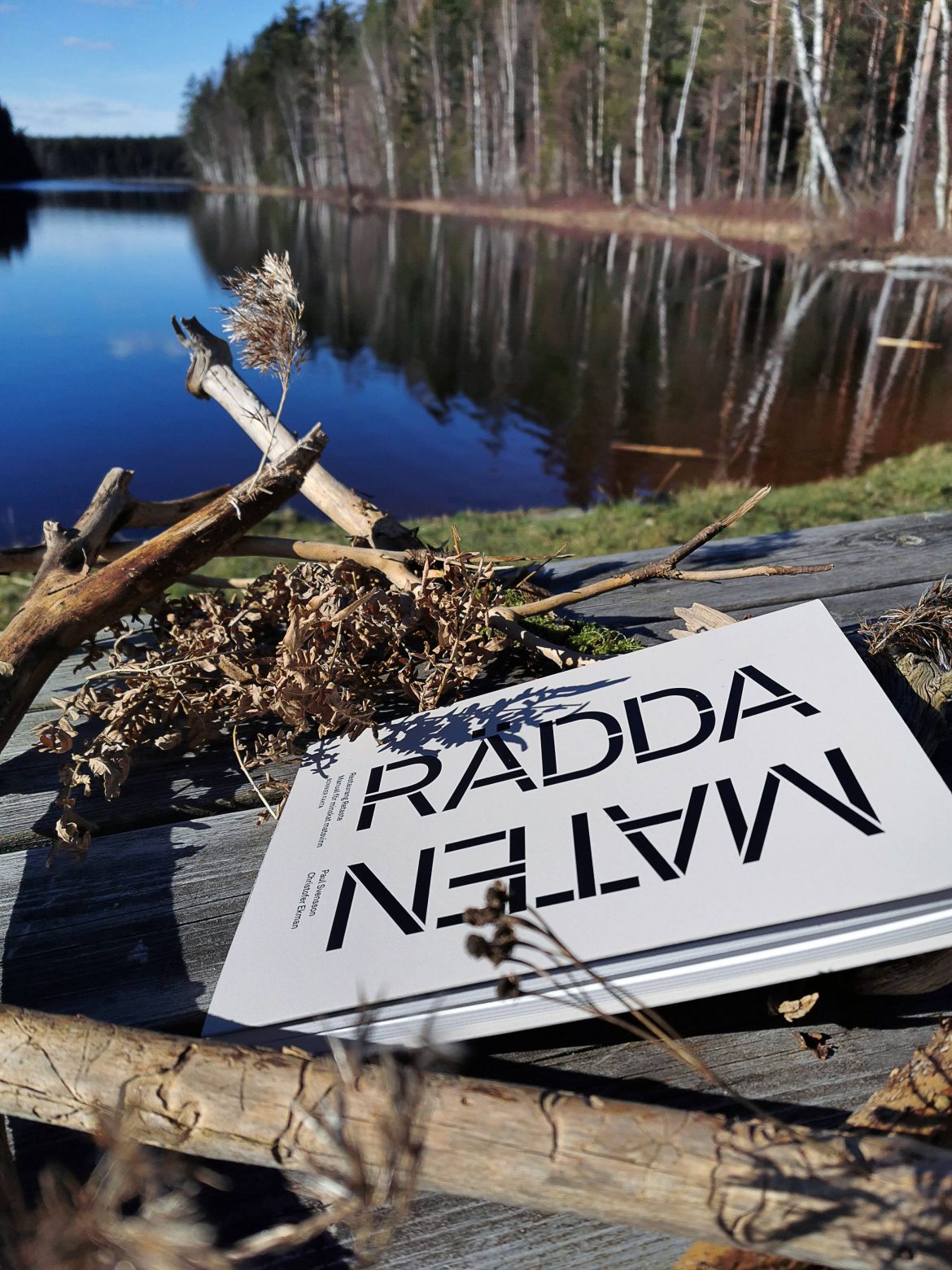
The book concludes with guidance on how to establish your own Retaste restaurant.
